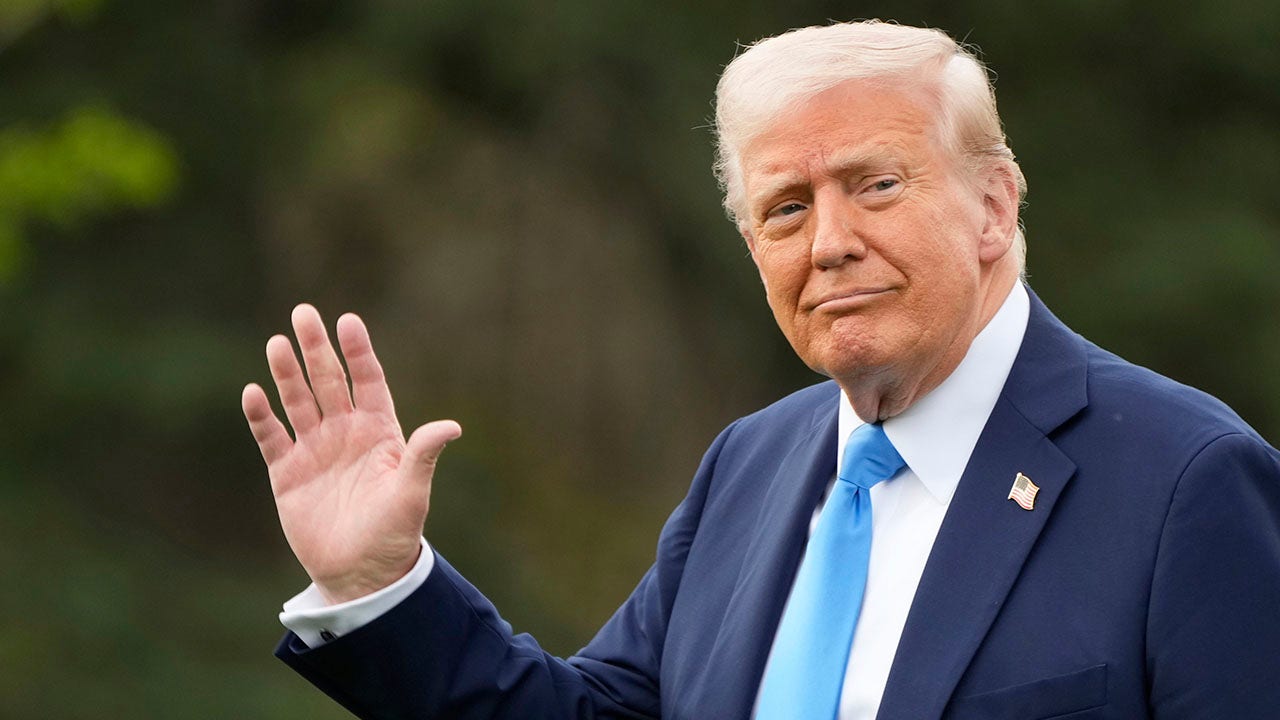In a significant display of transatlantic unity, President Donald Trump is set to engage with NATO Secretary General Mark Rutte during a pivotal meeting in Washington D.C. on July 14-15, 2025. This encounter comes on the heels of Trump's announcement regarding plans to sell weaponry to NATO allies, a strategic move aimed at enabling these nations to bolster Ukraine's defenses against persistent Russian aggression. As tensions continue to simmer in Eastern Europe, this meeting underscores the urgent
Did You Know
The shortest war lasted 38 minutes.
?
AD
need for collective action among allies in response to evolving security challenges.
Rutte's visit will also include discussions with key U.S. officials like Secretary of State Marco Rubio and Secretary of Defense Pete Hegseth, further emphasizing NATO's commitment to a coordinated military response. The conversations are expected to delve into important aspects of security cooperation, with an eye towards reinforcing Ukraine's military capabilities. Recent reports highlight ongoing violence in Ukraine, including operations by Kyiv's security services, further amplifying the significance of this dialogue in addressing looming threats.
The implications of these discussions extend beyond mere rhetoric; they signal a transformative shift in how NATO allies approach defense financing. As member nations are poised to bear the full cost of the American weaponry being purchased, this arrangement not only solidifies the alliance's resolve against external pressures but also fosters a deeper sense of responsibility among member countries. The outcome of this meeting could ultimately redefine NATO's strategy in supporting Ukraine and enhance its collective security framework amidst an increasingly volatile geopolitical landscape.
Q&A (Auto-generated by AI)
What are NATO's current roles in Ukraine?
NATO's current role in Ukraine primarily involves providing political support and military assistance to bolster Ukraine's defense against Russian aggression. This includes facilitating training programs, sharing intelligence, and coordinating military aid from member states. NATO has also expressed its commitment to Ukraine’s sovereignty, emphasizing the importance of collective defense, which is a core principle of the alliance.
How has U.S. arms sales to allies evolved?
U.S. arms sales to allies have evolved significantly, especially post-Cold War, reflecting changing geopolitical dynamics. The U.S. has shifted from a focus on direct military engagement to a strategy of empowering allies through arms sales and military assistance. Recent years have seen increased sales to NATO allies, particularly in response to perceived threats from Russia, as illustrated by the ongoing support for Ukraine.
What implications does this meeting have for NATO?
The meeting between President Trump and NATO Secretary General Mark Rutte signifies a strategic alignment on defense policies, particularly regarding arms sales to Ukraine. It underscores NATO's commitment to collective security and the importance of supporting member states in conflict zones. This collaboration could enhance NATO's deterrence posture against adversaries and strengthen transatlantic ties.
What is the historical context of NATO's formation?
NATO was formed in 1949 in response to the threat of Soviet expansion in Europe after World War II. Its primary goal was to provide collective defense against aggression, ensuring that an attack on one member would be considered an attack on all. The alliance has since adapted to various geopolitical changes, including the end of the Cold War and the rise of new security challenges, such as terrorism and cyber threats.
How do U.S. weapon sales affect global politics?
U.S. weapon sales significantly impact global politics by shaping military balances and alliances. These sales can enhance the defense capabilities of allied nations, thereby strengthening regional security. However, they can also provoke tensions with adversarial nations and contribute to arms races. The U.S. often uses arms sales as a tool of foreign policy to reinforce alliances and deter aggression.



















